POC Cytal helmet review: the carbon winged lid with a sky-high price tag
It's safe, cool-running and aero, but POC's latest road helmet is so expensive it's hard to justify a purchase
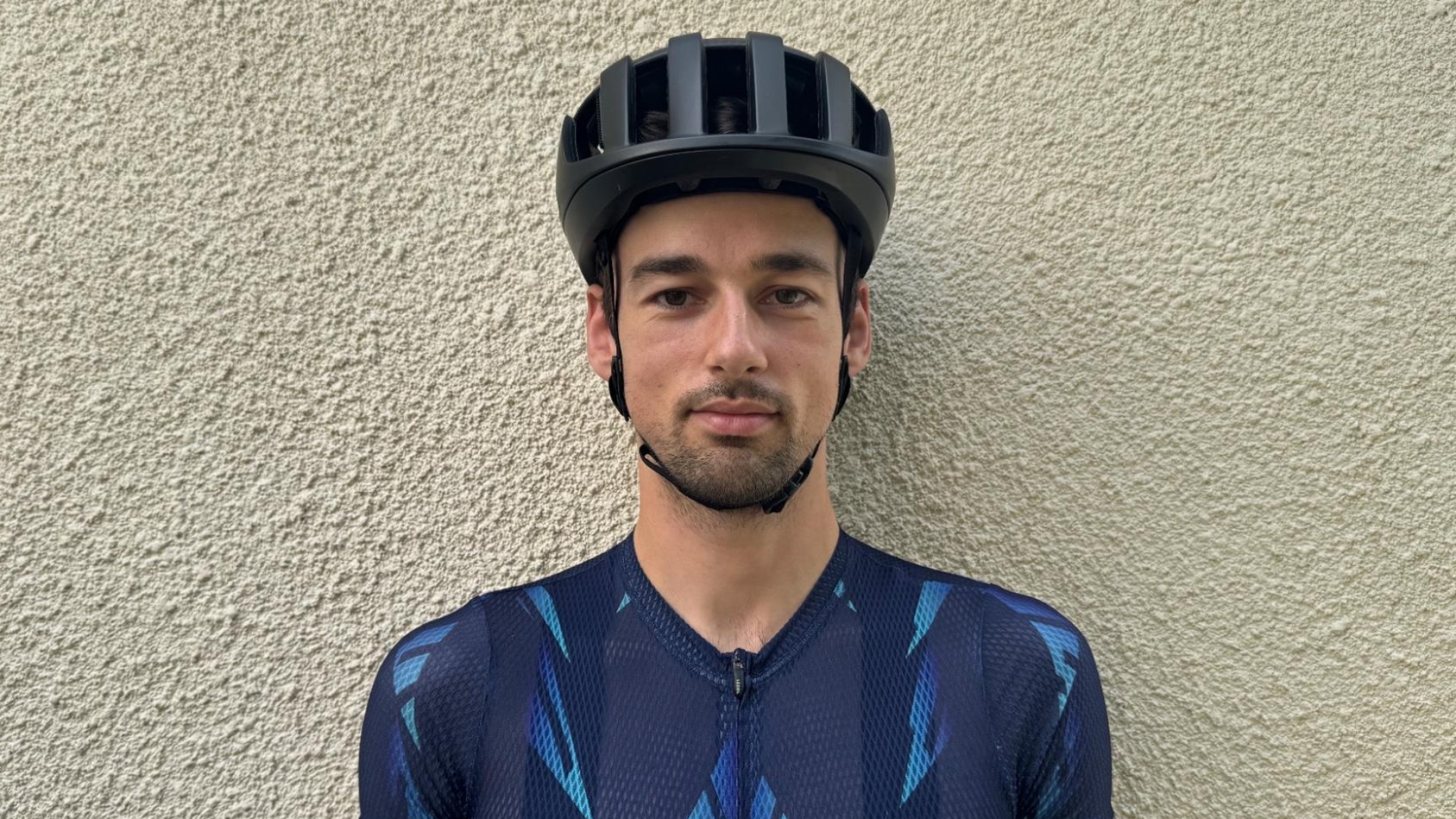
Amazing ventilation, comfort, and practicality. However, the lack of colour options and the sky-high price tag do affect the overall score.
-
+
5-star safety rating
-
+
Brilliant ventilation
-
+
Reduced brow contact patch
-
+
Good adjustability
-
+
Comfortable
-
-
Very expensive
-
-
Only one colour is available at present
-
-
Shell is easily scuffed
You can trust Cycling Weekly.
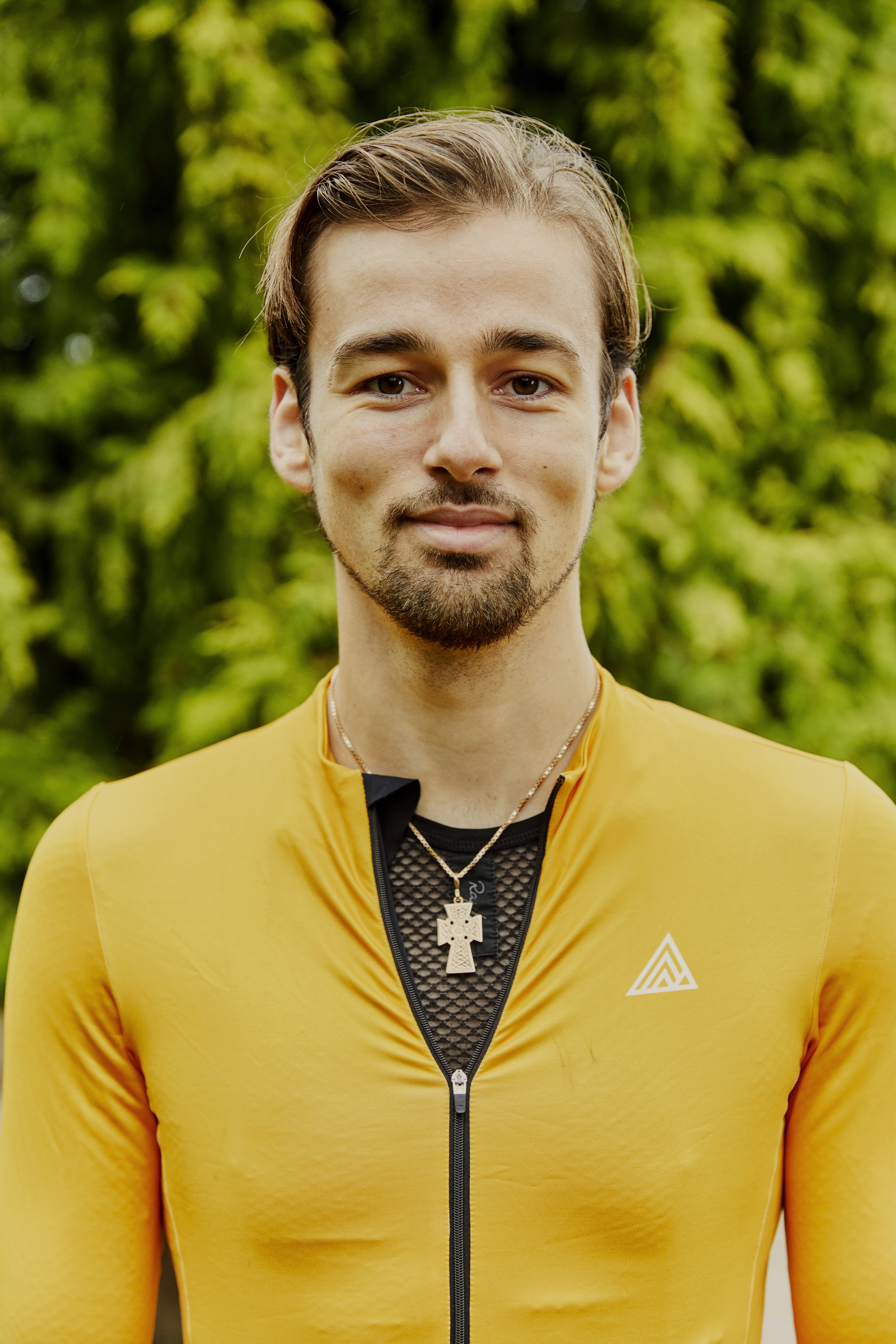
The Cytal is POC’s latest top-of-the-range ventilated road helmet, sitting above the Ventral Air. It is made pretty much using a standard helmet industry technique, namely an external polycarbonate shell bonded to an EPS foam inner, but with the addition of a massive carbon wing. The EPS foam also has varying densities that POC says have been optimised to give extra protection in the zones that require it most. Gone is MIPS, SPIN or any anti-rotational impact protection, but the Cytal still scores 5/5 in the Virginia Tech Helmet (VTH) safety rating. Weight for a size medium is claimed to be 250g, while in reality the medium on test was 265g.
Adjustment for the helmet comes via a temple-to-temple cradle. The two attachment points at the temple are adjustable to tailor the fit slightly, while the rear of the cradle is height adjustable. A rear dial provides micro-adjustments for tightening or loosening, while a traditional 15mm adjustable webbing strap keeps the helmet nice and secure. Any excess strap under the chin folds over itself, with a rubber tab to keep it from flapping, while an additional sleeve keeps it neat and tidy. Nice touches.
The carbon wing is the Cytal’s big show-stopper. This has been inserted through the EPS across the top of the helmet, and varies in shape to assist in directing airflow. POC says that this improves aerodynamic performance, ventilation, and safety via optimised impact force distribution. It also claims that this has also allowed it to keep the front of the helmet far more open without compromising its structural integrity.
Air is directed through the helmet, rather than around it, apparently reducing drag and saving some watts over the Ventral Air. Inside there is limited padding at the brow, temples, and top. The reduced contact points at the front are designed to aid airflow, with different padding configurations available to keep the brow open or covered.
Riding out with the Cytal
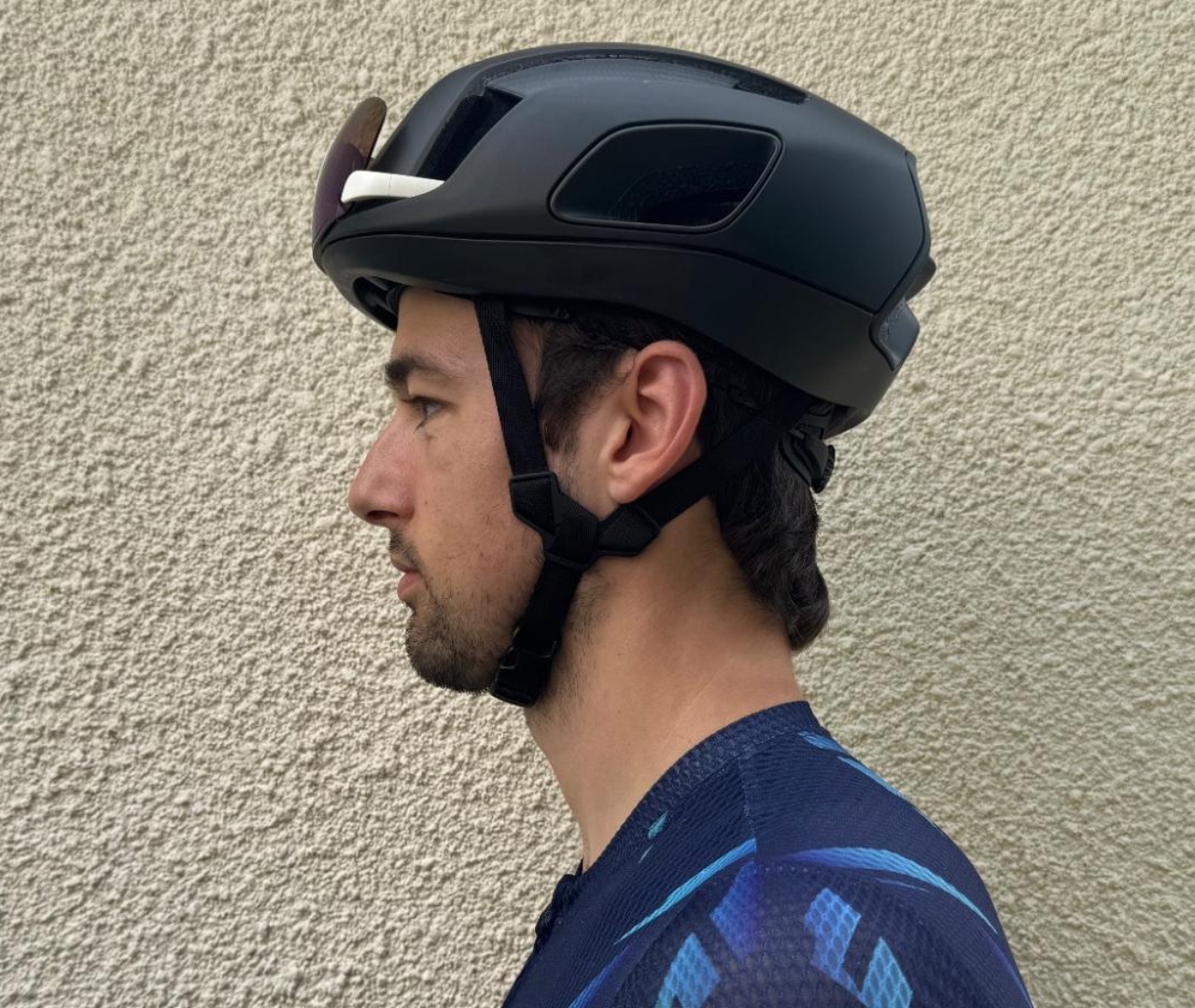
For enhanced venting, the Cytal sits further forward than most helmets
The first thing I noticed when putting the POC Cytal on for the first time was how comfortable it was. There were no pressure points or areas where the helmet felt tight on my head. The adjustment of the straps and the cradle was easy, and once adjusted stayed in place securely. I didn’t have any issues with the frames of my glasses rubbing or knocking on the helmet at all.
In terms of how it looks on the head, it has the typical wide frontal that POC helmets have been known for since the introduction of the Octal road helmet. However it all looks in proportion.
The brow does extend out a little bit more than most road helmets, to push it away from the brow to provide more airflow, but this is only really noticeable from the side. However, it did extend into my view slightly when riding, but not enough to detract or affect vision in any meaningful way.
Out on the road, the huge front vents do a very good job of allowing a large amount of air to rush over the head. The helmet has very deep internal channels, so airflow can pass cleanly over the head, and out through the rear exhausts. When travelling at any speed from around 15kph and up, the airflow was more than adequate in 20˚C. In 28-30˚C the cooling effect was still very effective. I only got a bit warm at high effort level at low speed such as steep climbs, but I don’t think any helmet could combat that.
Compared to other ventilation-focussed helmets, this is certainly one of the best when travelling at speed, but at slower speeds, plenty of others are just as good if not slightly better. The front vents also work well for storing glasses, as most arm shapes will be accommodated by the huge openings. The grippers are not the most secure, and I relied primarily on the wraparound of the glasses’ arms to keep them in the docks.
Another thing I liked a lot was the fit at the front of the helmet. Beyond the two EPS extensions that serve as contact points, the rest is open and allows a good level of airflow to the brow and the forehead. At 20˚C this meant that there wasn’t padding to get saturated by sweat, and although some did drip down, it tended to go around my brow rather than into my glasses. In warmer temperatures when there’s more sweat, I preferred the option of the supplied brow padding. The open front means the pad gets a good level of airflow so it dries out quite quickly as long as you have periods of travelling at speed with a reduced work rate.
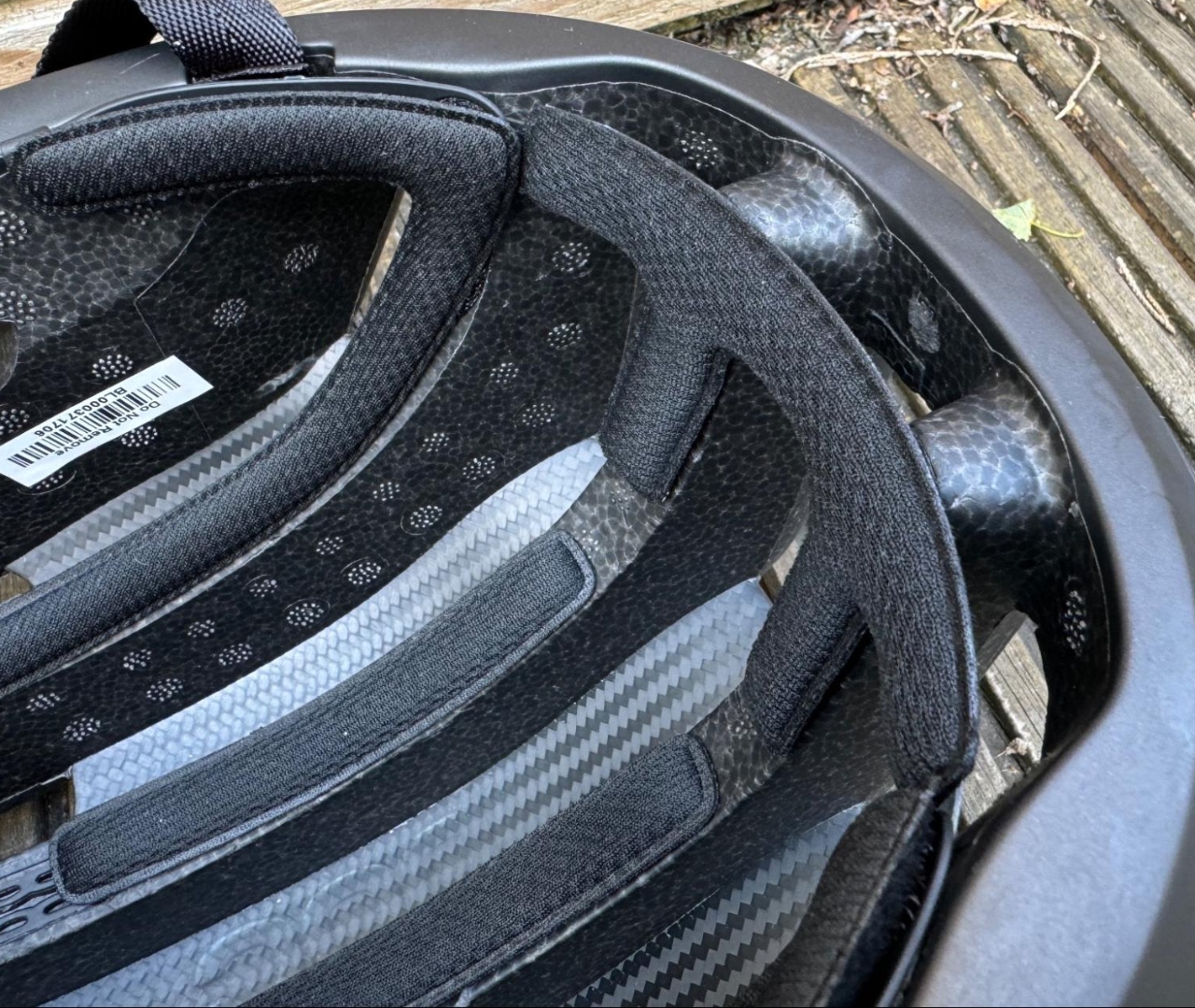
Note the massive amounts of venting around the forehead and brow area
When it comes to the carbon wing, it’s hard to quantify all of the performance gains POC promises it makes. I can see how structurally it allows for a more open construction, similar to the Specialized S-Works Prevail 3, and airflow is certainly brilliant. From a safety perspective, I can also see how it would act similarly, as well as helping to keep the helmet in one piece. Although it lacks any specific rotational impact protection, the VTH Safety standard does test for rotational impacts, so a 5/5 rating should mean it performs well in that scenario.
In terms of aero performance, it is impossible to guess. Inwash and outwash approaches to managing airflow can both improve aerodynamic performance but will vary in effectiveness from rider to rider and position to position. The airflow is certainly fairly clean through the helmet and out the exhaust, likely reducing frontal pressure, while the side vents are designed to take in some of the outwash airflow and target it out the rear.
POC uses the same Venturi Tunnel features here that it uses in its Procen TT helmet and Procen Air aero road helmet. Both of these score strongly in independent aero tests while featuring good levels of ventilation. Given the helmet is ventilation-focused, I imagine it will be slower than a lot of aero helmets, but as fast or faster than most vented helmets. I feel confident in saying this with my experience working as an aerodynamicist for my company doing aero testing at the Silverstone wind tunnel. It is also worth noting that at speeds of 25-35kph, and slower when climbing, watt savings between helmets are small. Comfort, safety, and ventilation are my go-tos for a helmet if I’m not racing, then aero gets added after safety if I am.
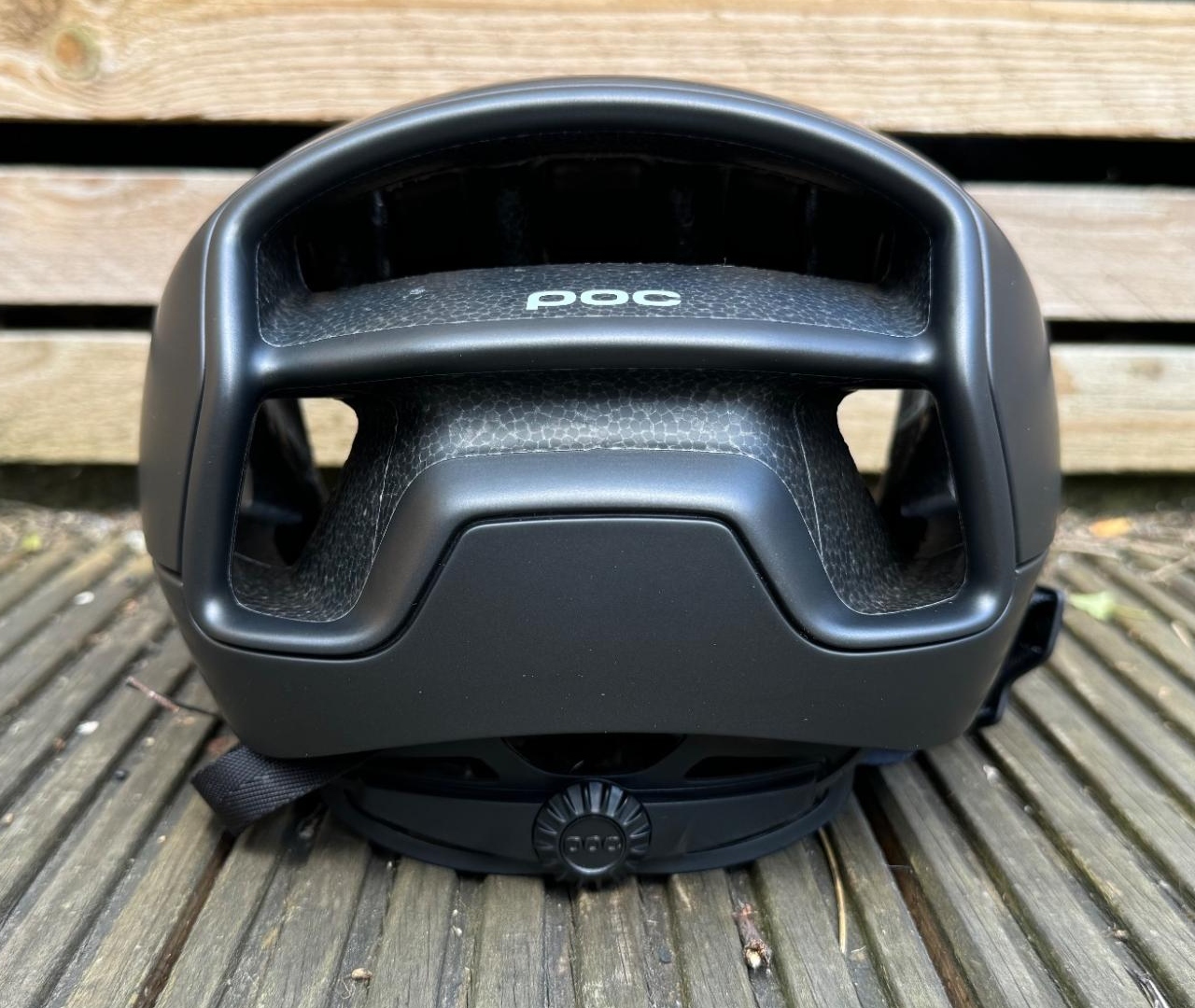
Huge exhaust vents aid airflow through the helmet
There are a couple faults with this helmet. Firstly, the price is £360. That is the joint most expensive helmet I have ever tested, and the other is another POC helmet. The Cytal features great performance, safety, and ventilation, but at £360 it is around £100 more than similarly performing competitors.
There are also some scuff marks already visible from either my glasses or the clip on the underside of the polycarbonate shell. They are not big, and don’t do anything other than damage aesthetics, but they are quite visible on the matt black shell. Finally, although there is a white option on the POC website, it seems impossible to order at present, leaving just black as an option. For a hot weather helmet, black isn’t the best single colour option given it absorbs heat.
Value
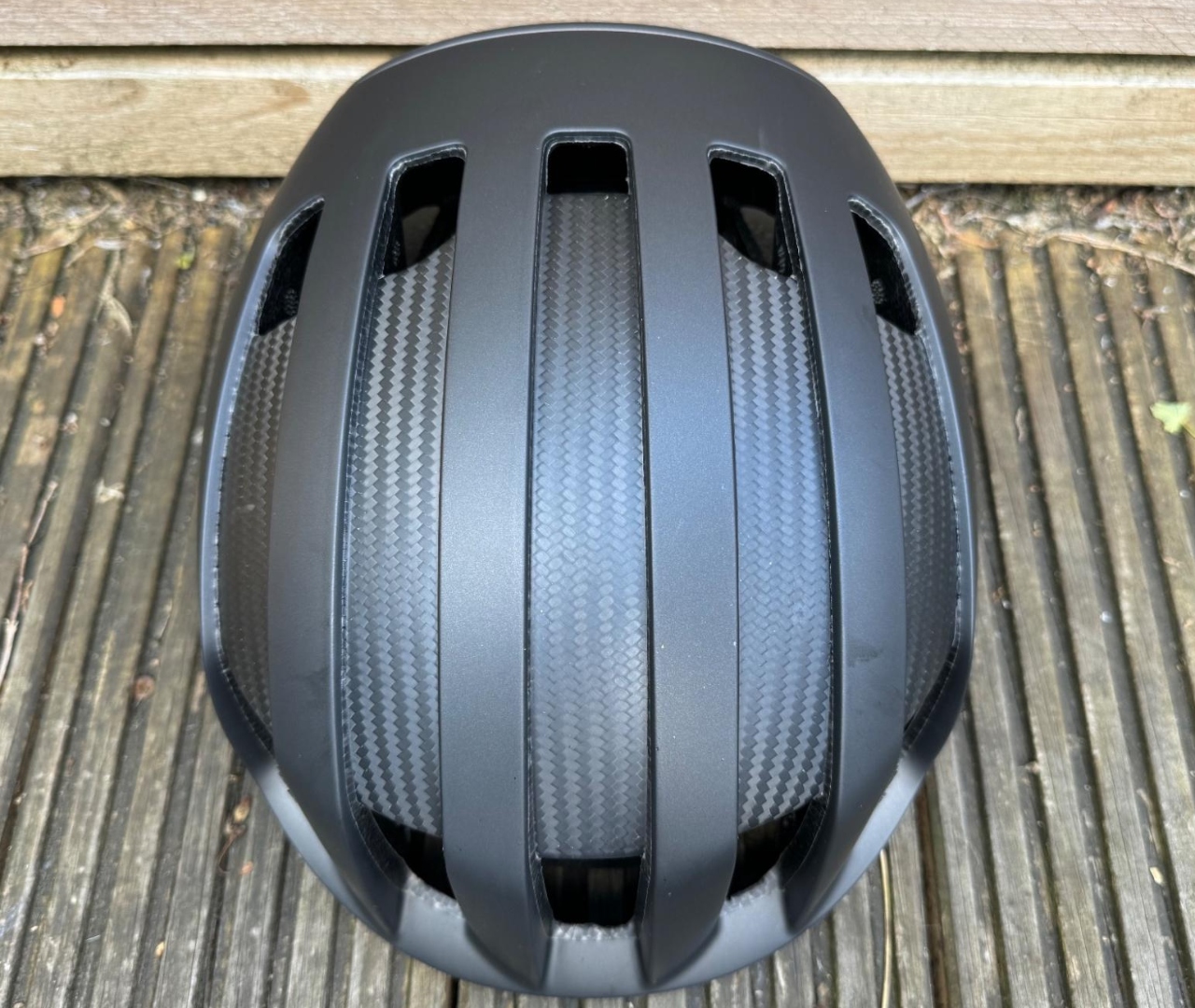
The carbon wing takes up the entire width of the helmet but it adds to the cost
The performance of the POC Cytal is undisputed, it is a really great helmet to use. But at £360 it is incredibly expensive and one of the most expensive commercially available road helmets on the market. Yes, it uses carbon in its construction and has had aero testing development as well as CFD to assess cooling effect. But the Specialized S-Works Prevail 3, Limar Air Pro, and MET Trenta 3K all feature carbon fibre in their shells and boast similar ventilation and aerodynamic claims. Yes, they range from £215-£290, at least £70 cheaper.
Additionally when it comes to ventilation I would say that the Prevail 3 is better for slow speed high temperature riding as the open top allows great heat dissipation. Meanwhile, the Giro Aries performs at a similar level and subjectively looks better while being cheaper and achieving a higher safety rating score.
Conclusion
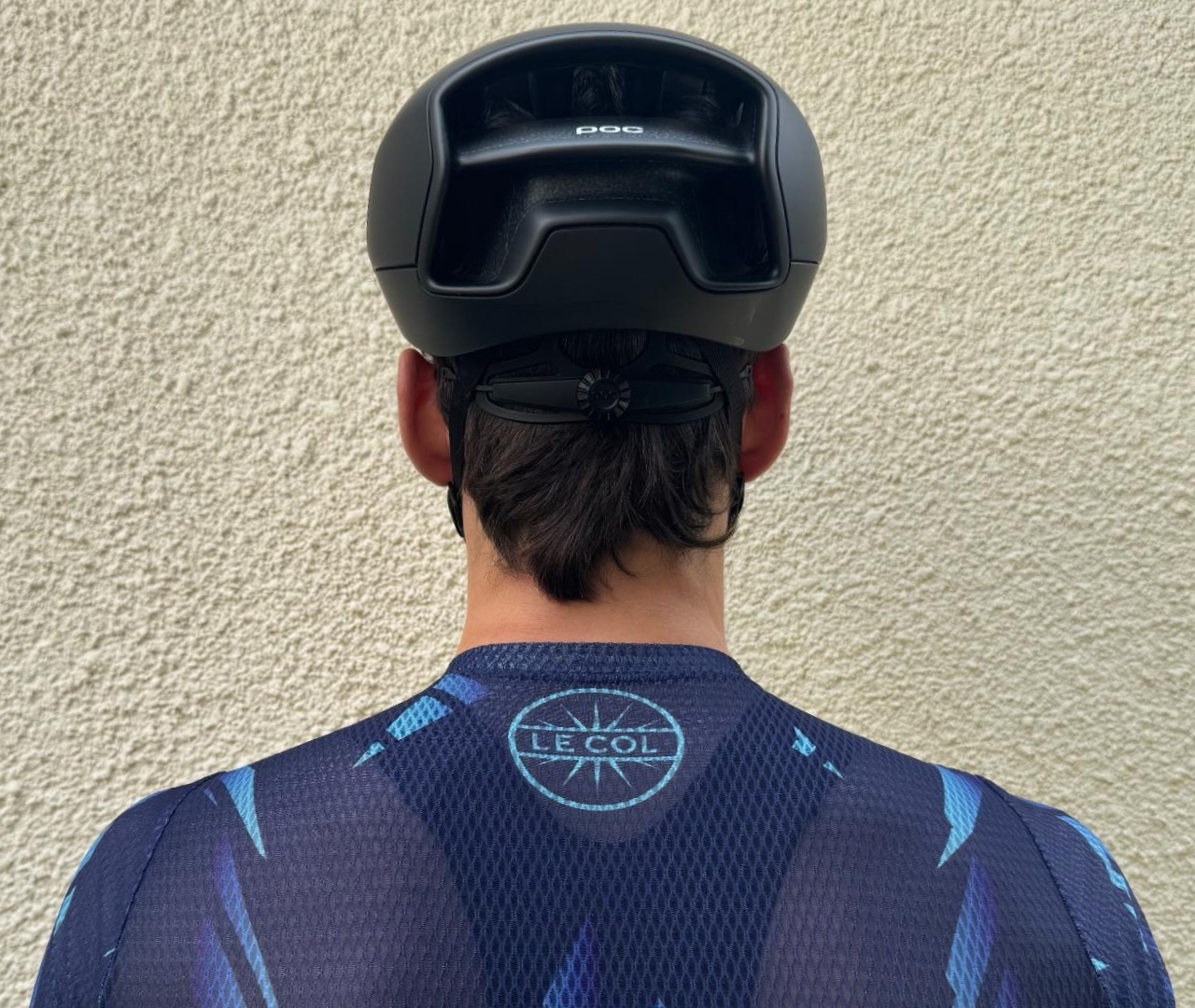
Despite the venting, the black colour will retain the heat so the white version is a better buy. If it ever becomes available...
The POC Cytal offers superb ventilation, great comfort, independently verified safety, and promised aero savings. It is a subjectively divisive helmet when it comes to aesthetics, but the performance is unquestionably great. However, at £360 it is supremely expensive and does not offer great value even with its high levels of performance. Also, the black colourway is not ideal for hot sunny conditions and temperature regulation.

Thank you for reading 20 articles this month* Join now for unlimited access
Enjoy your first month for just £1 / $1 / €1
*Read 5 free articles per month without a subscription

Join now for unlimited access
Try first month for just £1 / $1 / €1
Get The Leadout Newsletter
The latest race content, interviews, features, reviews and expert buying guides, direct to your inbox!
Andy is a Sport & Exercise Scientist, fully qualified and experienced Cycling Coach, Sports Director, Freelance Writer, and Performance Consultant. He spent 3 years riding for a UCI cycling team and 7 years as a BC Elite rider, competing in prestigious events such as the Tour of Britain and the Volta a Portugal.
Graduating with a first-class honours degree in Sport & Exercise Sciences, he continues to pursue his interest in research in the field of Sport Science alongside managing his coaching business, ATP Performance. He also works as a Wind Tunnel operator and Performance Consultant at the Silverstone Sports Engineering Hub, working with individuals, teams, and businesses to optimise performance and develop products.
-
 Man hands himself in to Belgian police after throwing full water bottle at Mathieu van der Poel during Paris-Roubaix
Man hands himself in to Belgian police after throwing full water bottle at Mathieu van der Poel during Paris-Roubaix30-year-old was on Templeuve-en-Pévèle cobbled sector when television pictures showed the bottle hitting him in the face
By Tom Thewlis Published
-
 'I'll take a top 10, that's alright in the end' - Fred Wright finishes best of British at Paris-Roubaix
'I'll take a top 10, that's alright in the end' - Fred Wright finishes best of British at Paris-RoubaixBahrain-Victorious rider came back from a mechanical on the Arenberg to place ninth
By Adam Becket Published
-
 'This is the furthest ride I've actually ever done' - Matthew Brennan lights up Paris-Roubaix at 19 years old
'This is the furthest ride I've actually ever done' - Matthew Brennan lights up Paris-Roubaix at 19 years oldThe day's youngest rider reflects on 'killer' Monument debut
By Tom Davidson Published